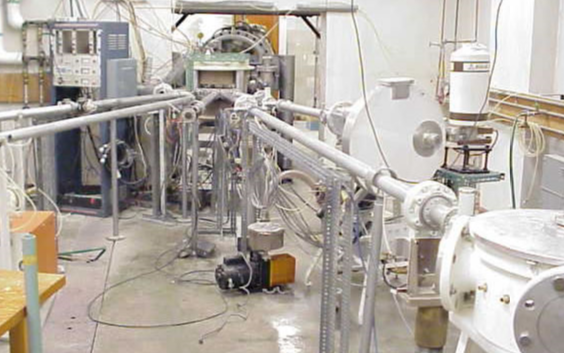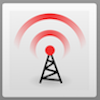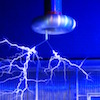Friday Flyer on Monday - March 18, 2019

Spotlight on the Idaho State University QuarkNet Center
The Idaho State center is not just for Idaho or the area around the university. There are often participants from all points of the state plus much of Utah and Wyoming as well. It is the open west and long distances are part of life. With that open west comes an open sky and, of course, great interest in cosmic ray studies. Last summer, Steve Shropshire and seven teachers put detectors through their paces, from blessing to a review of the QuarkNet eclipse project to time-of-flight experiments. More experiments are in the offing!
Idaho State is unique as home to the Idaho Accelerator Center (IAC), so teachers have the chance to see the variety of accelerators the IAC uses as well as, sometimes, to get involved in operations.


News from QuarkNet Central
International Masterclasses (IMC) 2019 are going strong. We had our first-ever neutrino masterclasses last Thursday, and they went well. Follow the excitement on Twitter at @physicsIMC. While you are at it, check out the world's shortest IMC circular.
International Muon Week is coming up April 1–5. Student groups around the world will use their cosmic ray detectors to detect muons and, in their Speed Study, measure the average time it takes muons to traverse the measured distance between two scintillation counters. An international map will show participants and their results. Students can also participate in videoconferences during the following week to discuss their results. Teachers and mentors: Please register!
There is still time! The 2019 Beamline for Schools (BL4S) competition at CERN is accepting proposals through March 31.
The worldwide Eratosthenes experiment for schools is almost upon us, but you can still just make registration if you act now.

Physics Experiment Roundup
Interactions tells us that at Brookhaven National Laboratory, the STAR detector in the Relativistic Heavy Ion Collider (RHIC) has just found that the antiquarks among sea quarks make a surprising contirbution to proton spin that may shed new light not only on the proton but on antimatter. More big news: Interactions reports the start of the physics run of the Belle II detector in the SuperKEKB electron-positron collider in Tsukuba, Japan, promising new progress in B physics. Finally, Inside Science adds a new twist to the phrase dark matter rocks.

Resources
Want videos? We have videos. From symmetry, we have two about accelerator complexes at CERN and Fermilab and then another on how to make a neutrino beam. (That's in case anyone asks.) (And they might.) Not done with neutrinos? Neither are we, thanks to the World Science Festival documentary, The Elusive Neutrino and the Nature of the Cosmos. Find out even more and discover more videos on the accompanying WSF website.
We like great reads as well. Here are two from symmetry about interesting and forward-thinking promoters of astronomy: journalist Sibusisu Biyela of South Africa and the late Chilean astronomer, Hernán Quintana Godoy.

Just for Fun
Mathematics, xkcd-style: calculus and statistics. Warning: Do not show to mathematicians.
QuarkNet Staff:
Mark Adams: adams@fnal.gov
Ken Cecire: kcecire@nd.edu
Shane Wood: swood5@nd.edu
